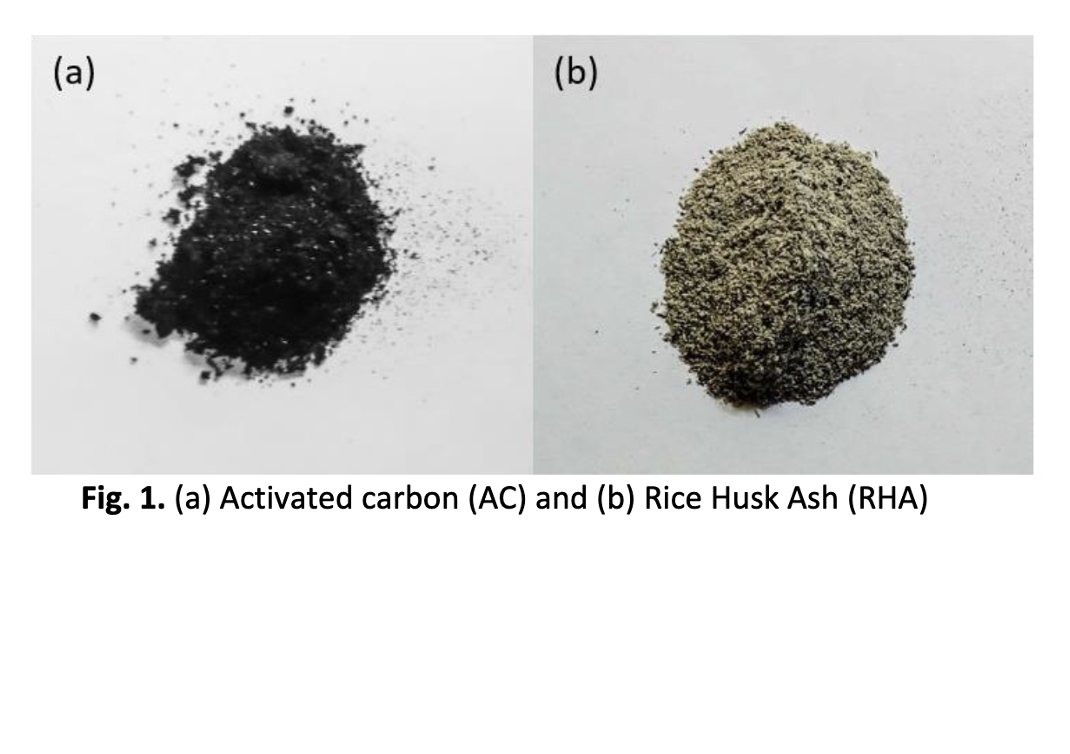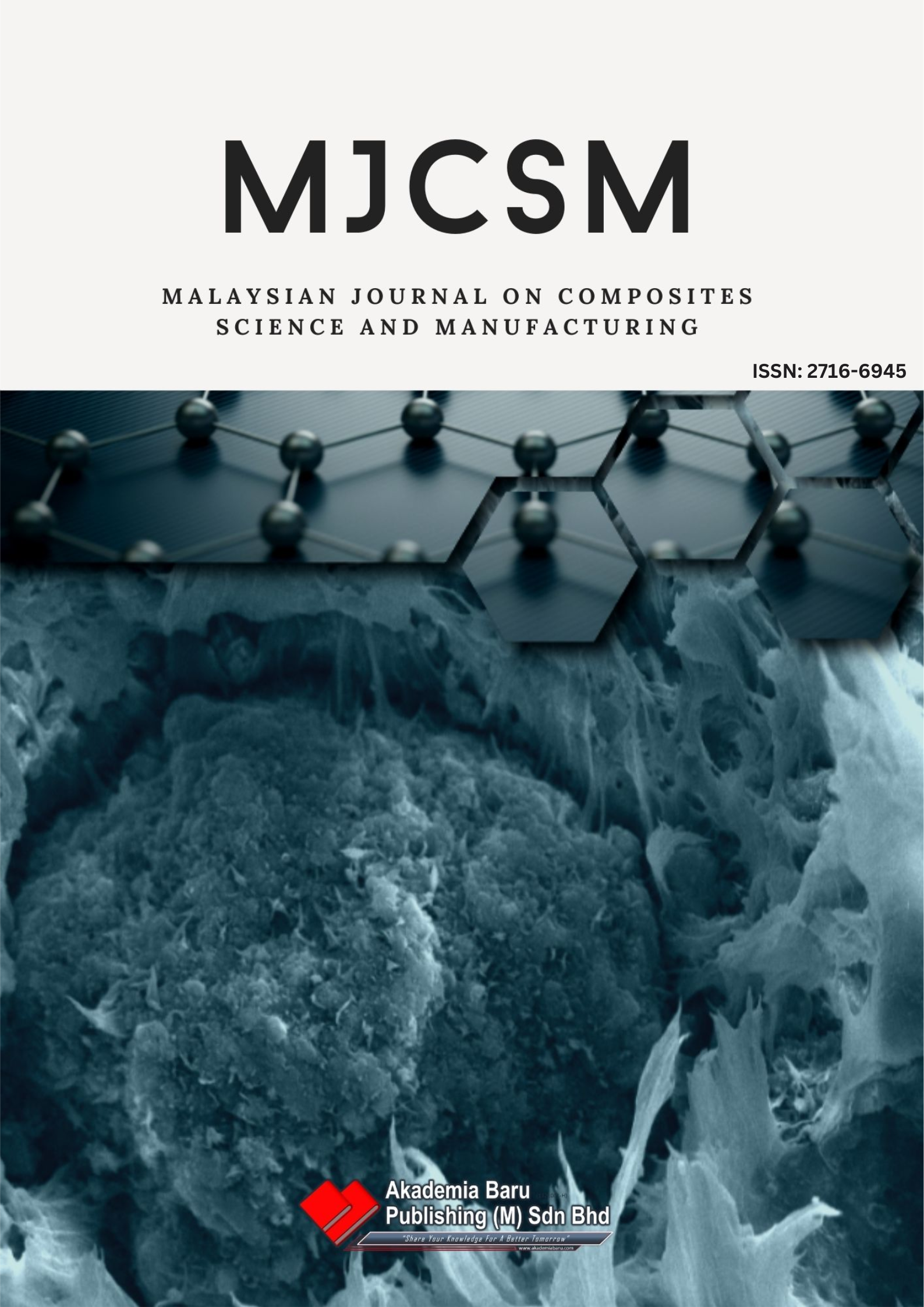An Innovative Approach to Assess the Potentiality of using Activated Carbon and Rice Husk Ash in Aluminum-Air Battery
DOI:
https://doi.org/10.37934/mjcsm.13.1.5567Keywords:
Activated carbon, Rice husk ash, Aluminum-air cell, Air cathode catalyst, Graphite cathodeAbstract
Aluminum-air (Al-air) cells have the potential to become vital in energy storage applications in the future because of their high energy density, which is even higher than that of commonly used lithium-ion batteries. However, it is not used widely because the cost of air cathode catalysts and metal anode is high. However, suppose the catalysts are replaced with activated carbon or rice husk ash as an alternative and recycled aluminum foil as an anode. In that case, the production cost might be feasible for the vast use of this type of cell. This study's main objective is to utilize some commonly available material in fabricating an Al-air battery suitable for small and day-to-day usage, reducing production costs and limitations. In this paper, a focused analysis was made on the feasibility of using an activated carbon and rice husk mixture as an air cathode catalyst for an Al-air cell, and the observations were interesting. About 11 samples of a mixture of rice husk ash (RHA) and activated carbon (AC) in different ratios have been made to find the best results from 0.68-0.72 V, which increases by 8-20%, measuring each sample after 3 days. In this study, another attempt was made to replace the graphite cathode of a dry cell with a mixture of AC and RHA. Voltage drop is quite negligible for the mixture of 10% RHA. The resulting voltage is similar to the new 100% activated carbon battery as a cathode. If considering the environmental effect, using recycled activated carbon and rice husk ash will decrease pollution and open a new door to apply in primary cells.
Downloads












